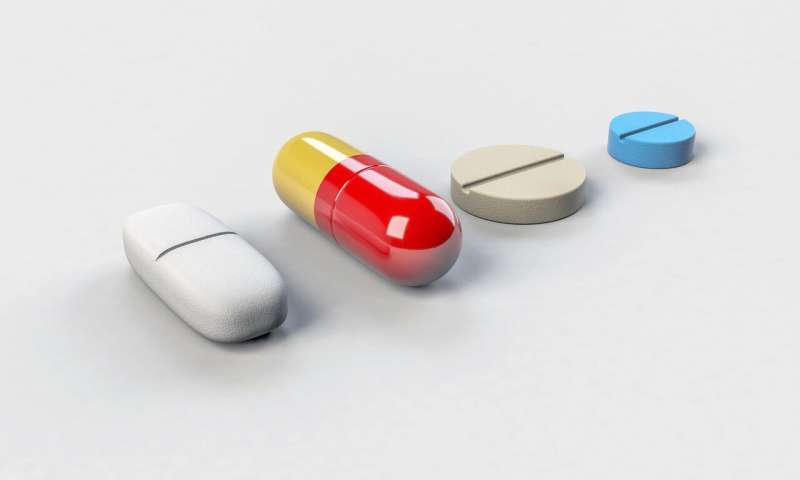HOME
Scientists propose strategy for site-selective chiral drug synthesis in living systems

Enantioselectivity plays an important role in the pharmacological and toxicological processes of chiral drugs. In chiral drug synthesis that uses bio-orthogonal chemistry within complex biological milieu, asymmetric transfer hydrogenation (ATH), which utilizes safe hydrogen donors instead of high pressure H2, has been gaining popularity and has been performed in living cells.
Prof. Qu Xiaogang from the Changchun Institute of Applied Chemistry (CIAC) of the Chinese Academy of Sciences and his colleagues recently presented a novel strategy using a neutrophil-directed ATH reaction to achieve site-selective chiral drug synthesis in living systems.
The researchers first constructed inflammation-targeted chiral catalysts by preparing Pd-immobilized mesoporous silica nanoparticles (MSN-Pd). Cinchona alkaloid enantiomers were individually adsorbed on the MSN-Pd catalyst to introduce enantioselectivity.
A neutrophil membrane was subsequently coated onto the MSN-Pd chiral catalysts, creating the MSN-Pd/CD@Neu catalyst, which possessed inflammation-targeting ability inherited from the neutrophils. The next stage of research involved using MSN-Pd/CD@Neu to catalyze an intracellular conversion involving the precursors of Ibuprofen (IBU). IBU is a drug well-known for relieving inflammation, fever and pain. The pharmacological activity of IBU is mainly attributed to the S-enantiomer while the R-enantiomer is thought to be potentially harmful. For this reason, it is important to be able to control the catalysis of IBU into its enantiomers.
News Source